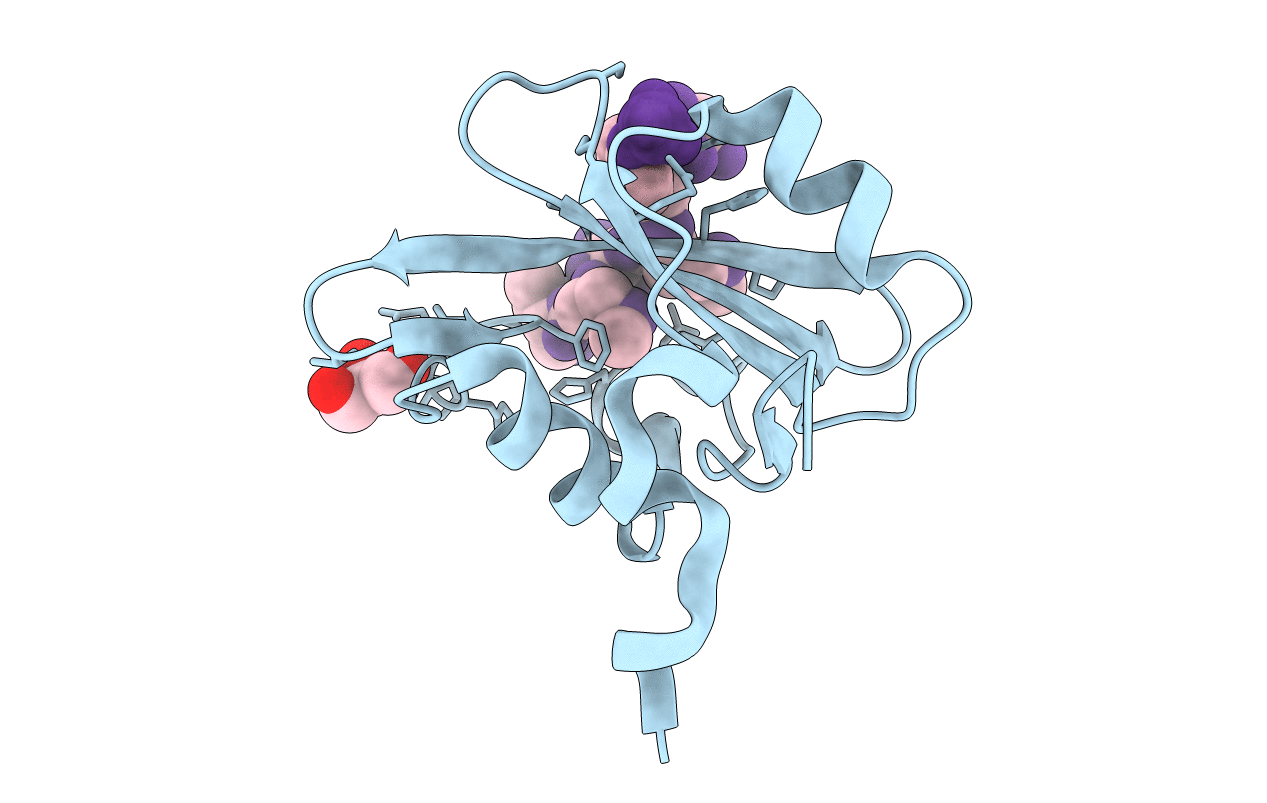
Deposition Date
2015-04-28
Release Date
2016-05-25
Last Version Date
2024-11-13
Entry Detail
PDB ID:
5AUL
Keywords:
Title:
PI3K p85 C-terminal SH2 domain/CD28-derived peptide complex
Biological Source:
Source Organism:
Homo sapiens (Taxon ID: 9606)
Host Organism:
Method Details:
Experimental Method:
Resolution:
1.10 Å
R-Value Free:
0.16
R-Value Work:
0.13
R-Value Observed:
0.13
Space Group:
P 21 21 21


